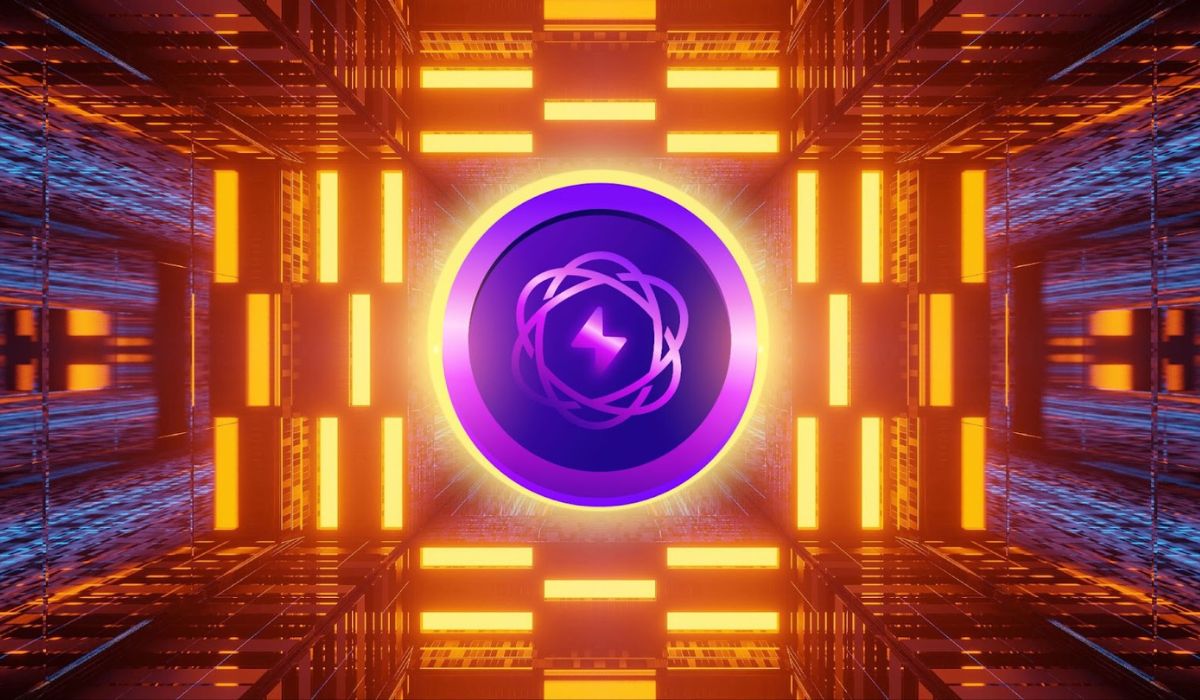Introduction
In the rapidly evolving domain of blockchain technology, two platforms have emerged as frontrunners: Ethereum, the venerable stalwart of decentralized finance, and Lightchain AI, a newcomer blending artificial intelligence with blockchain’s core principles. As innovations progress, the challenge of which will claim superiority looms large. This article offers a comparative analysis of both titans in key areas of blockchain performance, governance, and future potential.
The Decentralization Game: A Tale of Two Mechanisms
Ethereum has long paved the way for blockchain decentralization with its Shift to a Proof of Stake (PoS) mechanism. This transformation aimed to enhance scalability and environmental efficiency. In contrast, Lightchain AI introduces its unique Proof of Intelligence (PoI) mechanism, rewarding nodes for performing valuable AI computations alongside traditional block validation. This shift not only promotes decentralization but also actively contributes to value creation, setting a new paradigm in the blockchain space.
Artificial Intelligence: The Brain Behind the Chains
While Ethereum is renowned for its smart contracts that offer numerous applications, Lightchain AI enhances this further with its Artificial Intelligence Virtual Machine (AIVM). This cutting-edge component allows for executing complex AI algorithms directly on the blockchain, streamlining development without added complexity. The AIVM’s ability to optimize processes in real-time could mark a significant evolution in decentralized applications, pushing boundaries where Ethereum has previously tread.
Scalability and Speed: A Critical Competitive Edge
Ethereum has improved its transaction speeds post-PoW transition, reaching about 15 transactions per second (TPS). However, network congestion during peak times remains a challenge. Lightchain AI, on the other hand, leverages AI-driven decisions to optimize network performance and scalability, potentially allowing for enhanced transaction speeds. This sophisticated approach to resource allocation could redefine efficiency metrics in blockchain usage.
Energy Efficiency: A Sustainable Approach
Ethereum’s transition to PoS has drastically reduced energy consumption, but Lightchain AI starts from an even more sustainable baseline. By rewarding valuable computations rather than relying solely on mining, Lightchain AI emphasizes both environmental consciousness and practical outcomes that enhance the network’s efficiency, presenting a strong case in the growing arena of sustainable crypto solutions.
Governance: Community and AI Collaboration
Decentralized governance empowers Ethereum’s user-base in shaping its future. Lightchain AI, however, introduces an innovative governance framework with AI support that analyzes data to provide actionable insights, making decision-making within its community more impactful. This fusion of community-driven initiatives with intelligent data analysis represents the path forward in governance for decentralized platforms.
The Future of Blockchain: Who Will Prevail?
Ethereum, representing the traditional landscape of blockchain technology, continues to thrive due to its established ecosystem and legacy. In contrast, Lightchain AI stands poised at the forefront of future innovations that interlace AI within decentralized frameworks. The contest between these giants is less about competition and more about the evolution of how we perceive and utilize blockchain technology going forth.
Key Takeaways
- Lightchain AI introduces innovative AI-supported mechanisms that challenge traditional blockchain methods.
- Both platforms have unique strengths in governance and operational efficiency.
- The advancing competition will benefit developers and crypto enthusiasts, pushing technological boundaries.

